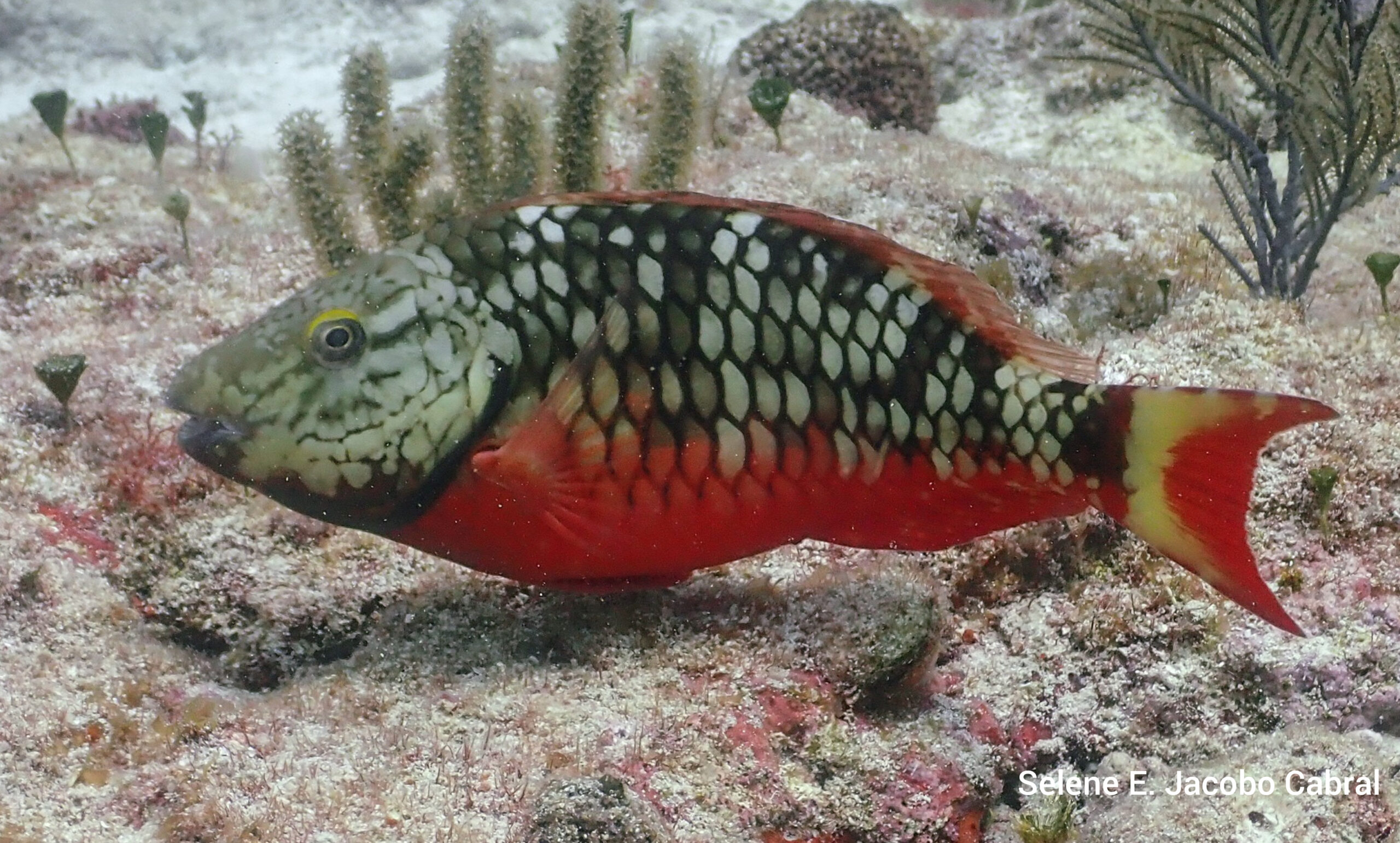HRI as co-author in TNC’s “Biophysical Principles for Designing a Network of NTZ’s”
The Mesoamerican Reef System (MAR) is one of the largest coral reef ecosystems in the world, which supports unique biodiversity and provides critical ecosystem goods and services to nearly two million people. These ecosystems, and the goods and services they provide, are in decline due to a combination of local (habitat destruction, unsustainable fishing practices, rapid tourism growth, invasive species and pollution) and global threats (changes in climate and ocean chemistry).
Replenishment Zones (RZs: areas of ocean protected from all extractive and destructive activities) can reduce local threats and be powerful tools for fisheries management, biodiversity conservation and adaptation to changes in climate and ocean chemistry, but only if they are well designed and managed. To date, each of the four countries with jurisdiction over the MAR (Belize, Guatemala, Honduras and Mexico) has used different approaches to design and implement their own networks of Marine Protected Areas (MPAs), including RZs. So far more than 50% of the MAR is protected within MPAs, but only 3.11% is within RZs.



